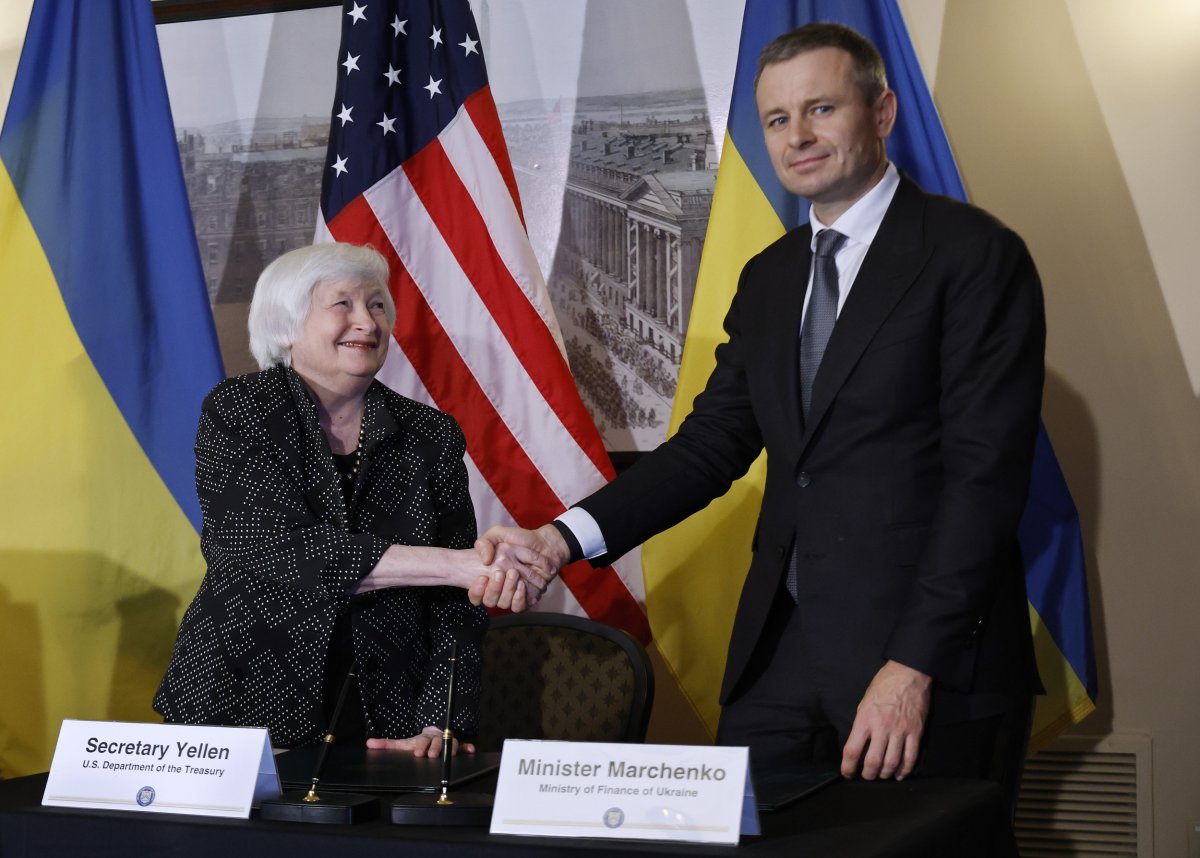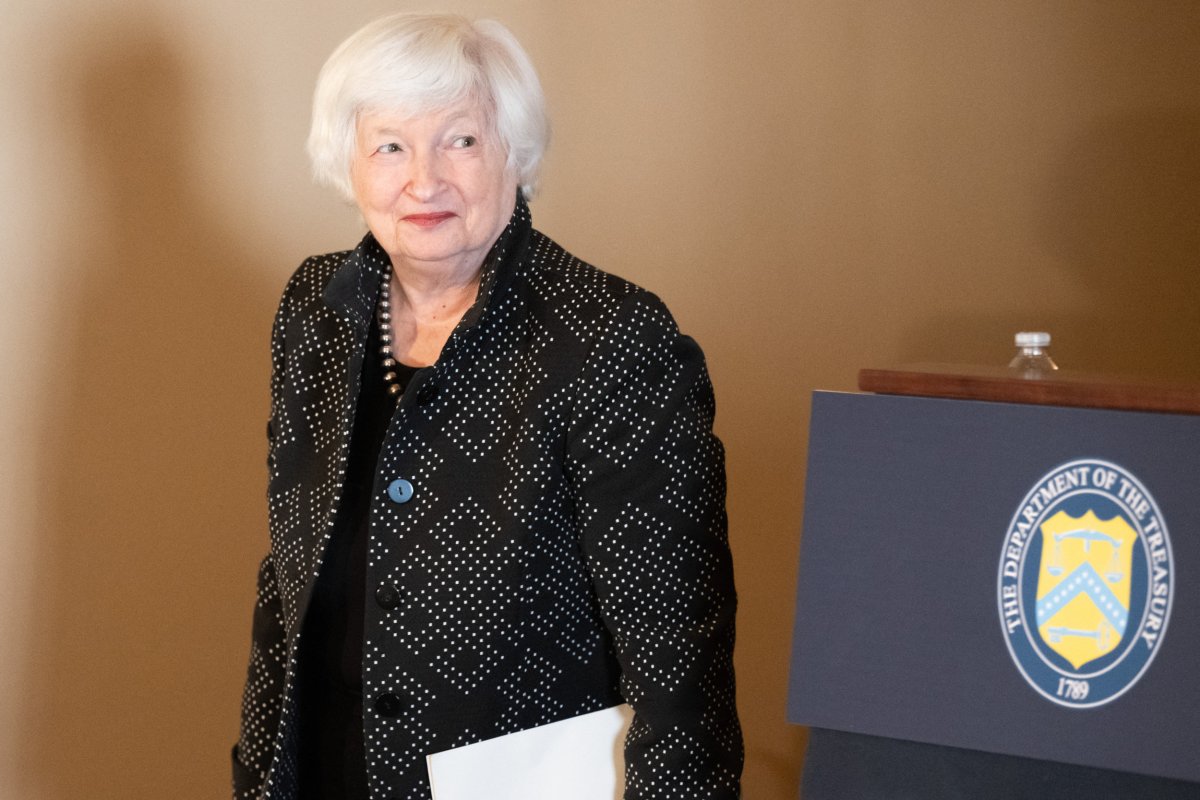Russia has increased investments in US Government debt in September, according to documents published by the US Department of the Treasury.
This marks the first increase since February, amid a general declining trend, according to data from Statista. Long-term treasuries accounted for $22 million of Russian investments with short-term treasuries standing at $3 million.
Russia began reducing their investments in the US sovereign debt in the spring of 2018. They fell from $96 billion down to $48.7 billion in April and then to $14.6 billion in the May of that year.
US treasuries held by Russia came to an amount of $24 million in August. This is a long-term worth of $21 million and a short-term worth of $3 million, according to Russian news agency Tass.

Chip Somodevilla/Getty Images
Short-term Treasurys mature within a year, offering lower risk and returns, while long-term Treasurys mature in 10 to 30 years, providing higher yields but greater risk due to sensitivity to interest rate and inflation changes.
Earlier in the year, the amounts had amounted to $24 million in July, $44 million in June, $45 million in May, $46 million in April, $47 million in February, and $43 million in January.
U.S. Treasury securities are integral to the global financial system. They act as a benchmark for other interest rates worldwide and are widely used as collateral in financial transactions. Their role in maintaining global liquidity and stability makes them a critical investment for many nations.
Newsweek has reached out to the press department for the US Department of the Treasury outside of normal working hours via email for comment.
What Are Treasury Securities?
Treasury securities are debt instruments issued by the U.S. Department of the Treasury to fund government spending and manage the national debt. They are considered some of the safest investments in the world because they are backed by the “full faith and credit” of the U.S. government. They come in several forms:
Treasury bills (T-bills): Short-term securities with maturities of a few days to one year. They are sold at a discount and redeemed at face value upon maturity.
Treasury notes (T-Notes): Medium-term securities with maturities of 2 to 10 years. They pay interest semiannually.
Treasury bonds (T-Bonds): Long-term securities with maturities of 20 or 30 years, also paying interest semiannually.
Treasury Inflation-Protected Securities (TIPS): Bonds that adjust their principal value based on inflation, protecting investors from inflation risk.

SAUL LOEB/AFP via Getty
Why Do Countries Invest in U.S. Treasury Securities?
Countries, through their central banks or sovereign wealth funds, invest in U.S. Treasury securities for several reasons:
Safety and Stability: U.S. Treasurys are considered a “safe haven” investment because the U.S. government is unlikely to default.
Liquidity: The market for U.S. Treasurys is the largest and most liquid bond market in the world, making it easy to buy and sell them.
Reserve Currency: The U.S. dollar is the world’s primary reserve currency. Holding Treasurys allows countries to park their foreign exchange reserves in a secure, dollar-denominated asset.
Trade Balances: Countries with trade surpluses, such as China and Japan, often invest in Treasurys to reinvest their U.S. dollar earnings from exports.
Currency Stabilization: Holding dollar-denominated assets helps countries stabilize their own currencies and manage exchange rates.
In September 2024, the three highest holders of US treasury securities were:
- Japan: $1.12 trillion
- China: $772 billion
- United Kingdom: $746.7 billion
What sanctions does the Treasury have on Russia?
According to the Treasury’s Office of Foreign Asset Control, the Treasury has imposed extensive sanctions on Russia. These measures target various sectors and individuals to limit Russia’s ability to finance its military activities. According to the Office, the sanctions are broken into four categories: Russia Harmful Foreign Activities Sanctions, Ukraine-/Russia-related Sanctions. Countering America’s Adversaries Through Sanctions Act of 2017 and Magnitsky Sanctions.
Do you have a story we should be covering? Do you have any questions about this story? Contact LiveNews@newsweek.com.




















